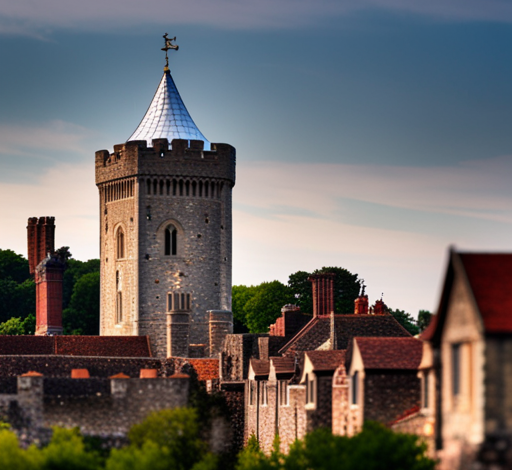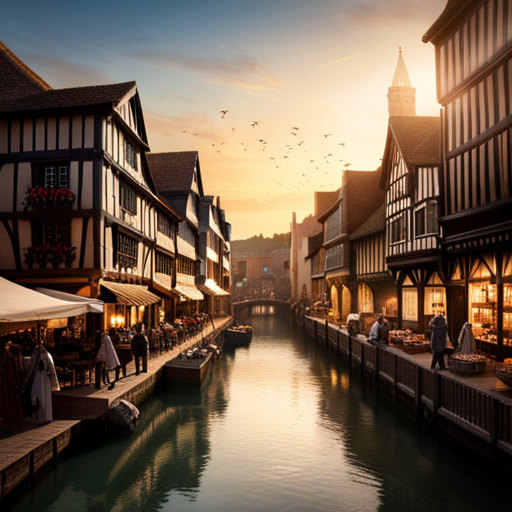
Exploring the Cultural Influence of the Norman Conquest in Southampton
Explore the rich cultural influence of the Norman Conquest in Southampton.
Discover how the architecture of the city transformed, the language shifted, and cultural assimilation took place.
Delve into the impact of the Normans on social customs and uncover the lasting legacy they left behind.
Embark on a journey through history and uncover the fascinating story of Southampton’s transformation after the Norman Conquest.
The Architecture of Southampton After the Norman Conquest
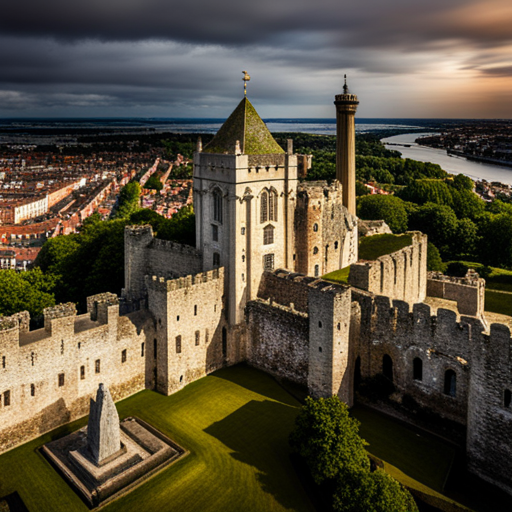
You can see the strong Norman influence in the architecture of Southampton after the conquest. One of the most prominent examples is the stunning Southampton Castle, built by the Normans in the 12th century. Its design, with its imposing stone walls and strategic location overlooking the town, reflects the military prowess of the Normans.
Another iconic architectural feature influenced by the Normans is the city walls. These walls were built to protect the town from potential invaders and are a testament to the Normans’ defensive strategies.
Additionally, many churches in Southampton showcase Norman architectural elements, such as rounded arches and decorative stone carvings.
The Norman conquest left a lasting impact on Southampton’s architecture, shaping the town’s landscape and adding a touch of medieval charm to its streets.
The Language Shift in Southampton Post-Norman Conquest
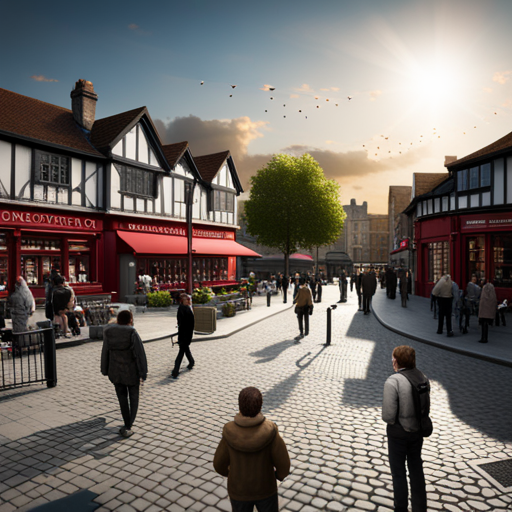
It’s fascinating how the language in Southampton underwent a significant shift after the Norman Conquest.
Prior to the conquest, Old English was the dominant language spoken in the region. However, with the arrival of the Normans, the linguistic landscape of Southampton changed dramatically.
The Normans brought with them their own language, Old French, which quickly became the language of the ruling elite and the administration. As a result, there was a gradual adoption of French vocabulary and grammar into the local speech.
This linguistic fusion led to the development of the Anglo-Norman dialect, which became the prestigious language of the upper classes in Southampton.
The influence of the Norman Conquest on the language of Southampton highlights the profound impact that cultural and political changes can have on the linguistic landscape of a region.
Cultural Assimilation and Integration in Southampton

As a resident of Southampton, you can witness the rich cultural assimilation and integration that has taken place in our city throughout history. Southampton has a long and diverse history, shaped by various waves of immigration and trade.
From the Romans and Saxons to the Normans and beyond, each group has left its mark on the city’s culture. The Norman Conquest in particular had a significant impact on Southampton’s cultural landscape. The Normans brought their own language, customs, and traditions, which merged with the existing Anglo-Saxon culture.
This fusion of cultures resulted in a unique blend that can still be seen today in the architecture, cuisine, and traditions of Southampton. The city’s multiculturalism is a testament to the resilience and adaptability of its residents, making Southampton a vibrant and dynamic place to live.
Norman Influence on Social Customs in Southampton

Immerse yourself in the unique social customs that have been shaped by the Norman influence in Southampton.
The Norman conquest of England in 1066 brought about significant changes in the social fabric of the country, and Southampton wasn’t exempt from this transformation. One of the most notable impacts was the introduction of the feudal system, which established a clear hierarchy in society.
The Normans also brought with them their language and customs, which gradually integrated into the local culture. This cultural assimilation led to the adoption of Norman traditions such as chivalry and courtly love, which influenced the social interactions and customs of the people in Southampton.
Today, remnants of this Norman influence can still be seen in the city’s architecture, language, and even in the way people interact with one another.
The Lasting Legacy of the Norman Conquest in Southampton
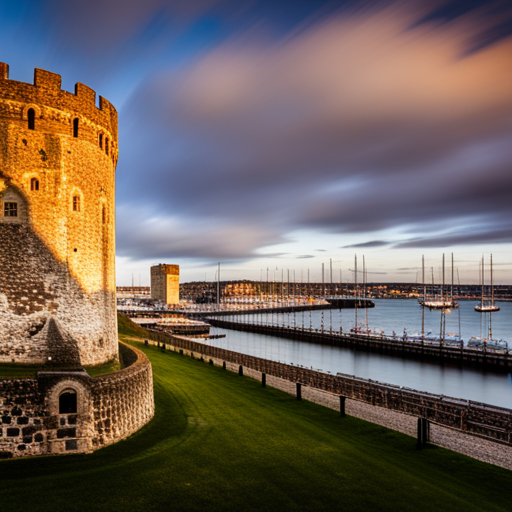
You can still see the lasting impact of the Norman Conquest in Southampton through its architecture, language, and social customs.
The architecture of Southampton bears witness to the Norman influence, with many buildings showcasing the distinct Norman style characterized by rounded arches and sturdy stone walls.
The language spoken in Southampton also shows traces of Norman influence, with words borrowed from Old French still in use today.
Social customs in Southampton also reflect the Norman legacy, with a strong emphasis on hierarchy and feudalism still present in certain aspects of society.
The Norman Conquest of 1066 brought about significant changes in Southampton, leaving a lasting imprint that can still be observed in the city’s physical structures, linguistic expressions, and social practices.
Conclusion
In conclusion, the Norman Conquest had a profound cultural influence on Southampton. The architectural landscape was transformed, with the introduction of Norman-style buildings that still stand today.
The language also underwent a shift, with French becoming the dominant language in the region. Cultural assimilation and integration were evident, as the Normans and the local population began to blend their customs and traditions.
Additionally, social customs were influenced by Norman practices. Overall, the lasting legacy of the Norman Conquest in Southampton is still visible and contributes to the city’s rich cultural heritage.



